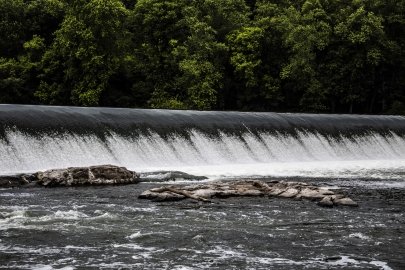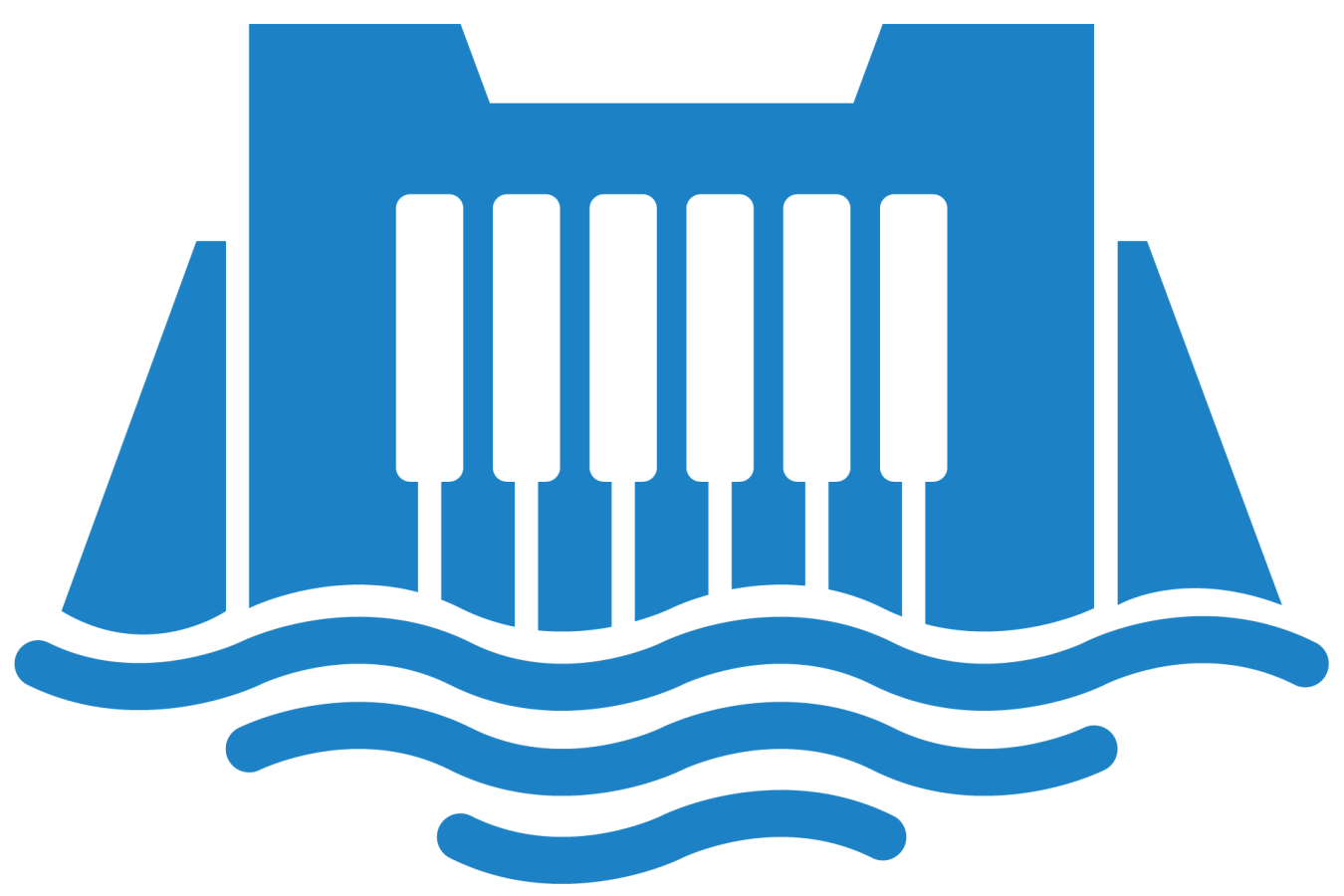To support irrigation districts in upgrading outdated systems, national laboratory researchers developed a tool that provides system designs for districts to understand the benefits of hydropower to decarbonize agriculture.
Water Power Technologies Office
March 9, 2022Innovations for Low-Impact Hydropower Growth
Project Name: Irrigation Modernization: Accelerating Modern Investment Across the United States
Project Team: Idaho National Laboratory (lead), Pacific Northwest National Laboratory, and Farmers Conservation Alliance
Lead Recipient Location: Idaho Falls, Idaho

In the western United States, nearly 90% of consumptive water use is for irrigation, yet reliable supply of water is increasingly threatened due to the combination of growing demand and climate change. Irrigation modernization has the potential to promote the economic well-being of farmers and rural communities, generate more renewable energy, and advance environmental stewardship. Cutting carbon emissions within the farm sector, too, can aid in the work of combating climate change.
Researchers from Idaho National Laboratory (INL) and Pacific Northwest National Laboratory (PNNL), along with the Farmers Conservation Alliance, developed a decision support and visualization tool, IrrigationViz, to help irrigators and farmers redesign and reinvest in their irrigation systems. Over the past year, the team developed a working prototype of the tool, performed extensive outreach to ensure it meets stakeholder needs, and assessed options to identify financially viable opportunities for hydropower and other renewable generation in these settings.
By assisting irrigation districts in performing planning activities and enabling them to identify the highest priority projects for their system, IrrigationViz can help many irrigation districts access federal funding programs, such as those from the U.S. Department of Agriculture.
IrrigationViz has since been used in three case studies, one each in Utah, Idaho, and Washington. In testing the tool, users were able to determine the cost of piping a given segment of their existing irrigation system, weighing the cost against the projected benefits to determine which segments of the system should be prioritized. Each case study was used by the team as an opportunity to improve the tool’s functionality.
The IrrigationViz tool and the team’s work will help irrigation districts use modern technologies to make decisions about reinvesting in their systems and solve the challenges they face today.
Innovations for Low-Impact Hydropower Growth Projects
-
 Natel Energy conducted fish passage tests with its Restoration Hydropower Turbine and found a 100% survival rate for adult rainbow trout and American eels.
Natel Energy conducted fish passage tests with its Restoration Hydropower Turbine and found a 100% survival rate for adult rainbow trout and American eels. -
 Researchers at ORNL released updated cost estimates for non-powered dam projects in the United States to help save stakeholders time, effort, and money when assessing potential projects.
Researchers at ORNL released updated cost estimates for non-powered dam projects in the United States to help save stakeholders time, effort, and money when assessing potential projects. -
 Two teams win the Groundbreaking Hydro Prize for developing cutting-edge concepts to lower costs and development timelines associated with building foundations for new hydropower projects.
Two teams win the Groundbreaking Hydro Prize for developing cutting-edge concepts to lower costs and development timelines associated with building foundations for new hydropower projects. -
 The Integrated Water Power Resilience Project, a collaborative effort between two national laboratories, led to the development of tools and resources that will help researchers create more resilient water power systems.
The Integrated Water Power Resilience Project, a collaborative effort between two national laboratories, led to the development of tools and resources that will help researchers create more resilient water power systems. -
 Upstream Tech used machine learning and satellite data to develop more accurate streamflow forecasts that will help hydropower developers and regulators make more informed decisions about future hydropower projects and operations.
Upstream Tech used machine learning and satellite data to develop more accurate streamflow forecasts that will help hydropower developers and regulators make more informed decisions about future hydropower projects and operations. -
 With support from partners, the U.S. Department of Energy’s I AM Hydro Prize awarded $175,000 in cash prizes to 11 teams for their novel concepts to apply new advanced manufacturing techniques for hydropower.
With support from partners, the U.S. Department of Energy’s I AM Hydro Prize awarded $175,000 in cash prizes to 11 teams for their novel concepts to apply new advanced manufacturing techniques for hydropower.
WPTO's Hydropower e-newsletter features news on R&D and applied science to advance sustainable hydropower and pumped-storage technologies.
The WPTO e-newsletter brings funding opportunities, events, publications, hydropower, and marine energy updates directly to your inbox.


